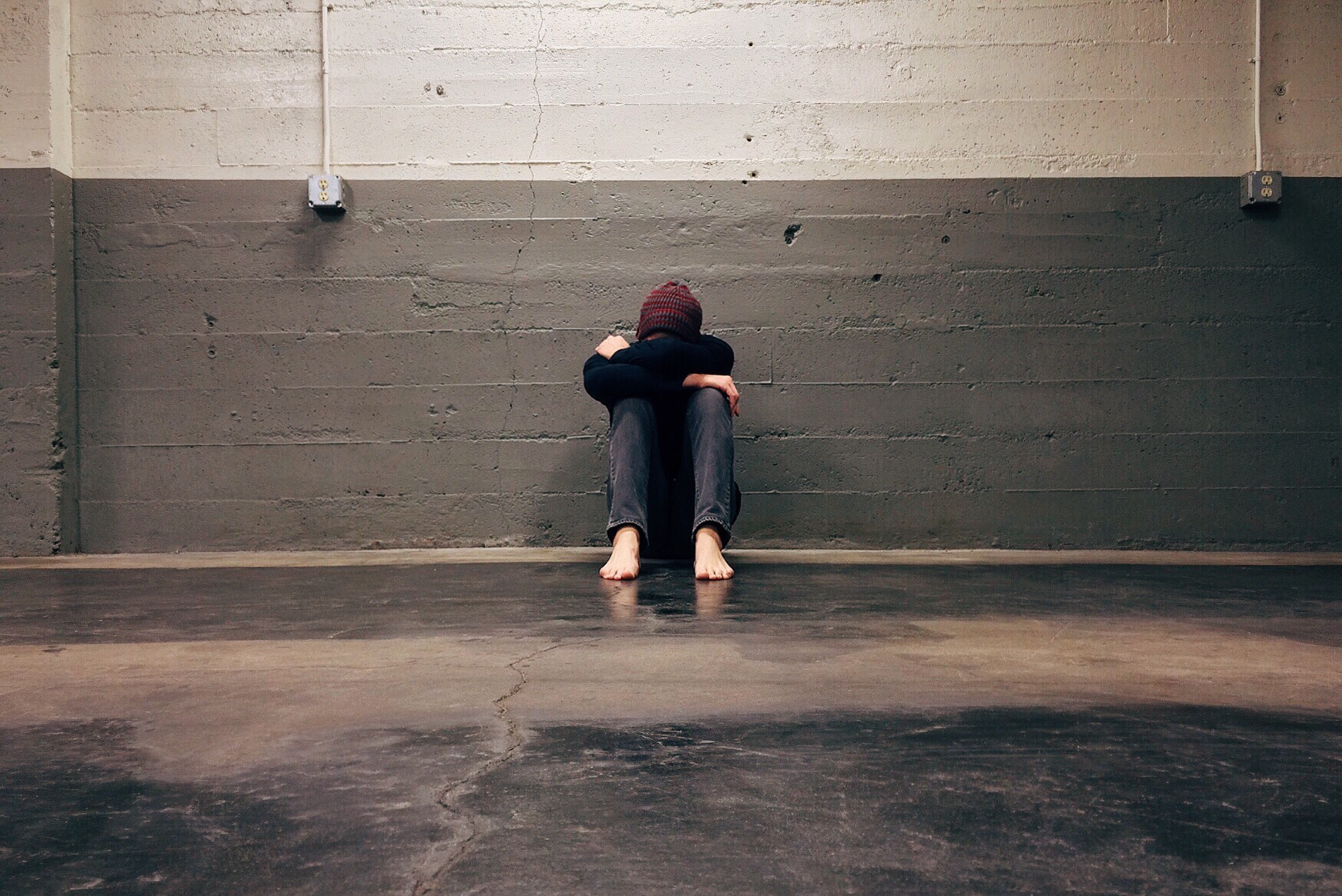Today we’ll look at the anxiety disorders. The anxiety disorders are a family of mental illnesses characterized by excessive worry, fear, and apprehension. These aren’t trivial for sufferers of anxiety. The worries and fears are overwhelming and loom so large that even regular activities of daily living become difficult, sometimes impossible, for those afflicted.
Anxiety disorders have many physical effects, including tight, strained muscles, stomach problems, elevated heart rate and high blood pressure, and excessive fatigue. Poor concentration is a common feature of all the anxiety disorders due to worry continually cycling in one’s mental processes.
Several types of anxiety disorder exist.
Six Types of Anxiety Disorder
- Panic Disorder. Panic Disorder involves periodic episodes of overwhelming fear often unrelated to any circumstance. Panic attacks are the hallmark of panic disorder, presenting with intense physical symptoms including shortness of breath, racing heartbeat or heart palpitations, hyperventilating, chest pain, and dizziness. A person experiencing a panic attack suffers such severe agitation they feel as if they are dying. Panic attacks can strike at any time.
- Generalized Anxiety Disorder (GAD). People with GAD experience chronic anxiety about a wide array of situations, ranging from daily life routines, to work, social interactions, health, finances, and so forth. There is often no real problem in any of these areas, but the anxiety persists. GAD is not anchored to fear of any one situation or event. Instead, any little thing can trigger a person with GAD to worry far beyond what’s called for. To a person with GAD, everything is a disaster or catastrophe in the making.
- Post-Traumatic Stress Disorder (PTSD). PTSD gets established when a person experiences a high-intensity event that causes shock, fear for one’s life, serious injury, or terror. People with PTSD have re-experiencing symptoms, wherein they relive the traumatizing event, complete with mental images, sounds, even smells that intrude on the present. Flashbacks are a hallmark of PTSD.
- Social Anxiety Disorder. People with social anxiety disorder fear interactions with other people and performing before others. The overwhelming component of their fear is fear of embarrassment or harsh judgment from others. People with social anxiety disorder work to avoid interaction with other people, even to their detriment.
- Obsessive Compulsive Disorder. OCD is characterized by obsessions, which are anxiety causing thoughts, images, or urges that break through to the forefront of a person’s mind without prompting. Compulsions are uncontrollable ritualistic behaviors a person with OCD performs to relieve the anxiety caused by obsessions. OCD takes over a person’s life and can be completely debilitating.
- Phobias are known for intense, disproportionate fear of specific circumstances or objects. For example, a person with arachnophobia (fear of spiders) might not enter their home if they see a single spider inside. Even after the spider was dead, they still might refuse to enter again. The fear is so severe it does far more harm to the sufferer than the actual event or object. Specific phobias are tied to a particular circumstance or item, for example, fear of spiders or fear of heights.
If you or a loved one is regularly experiencing symptoms similar to those listed in this post, seek help from your local Spokane healthcare professional. Reach out to Damaris through her contact page or calling 509-342-6592.






